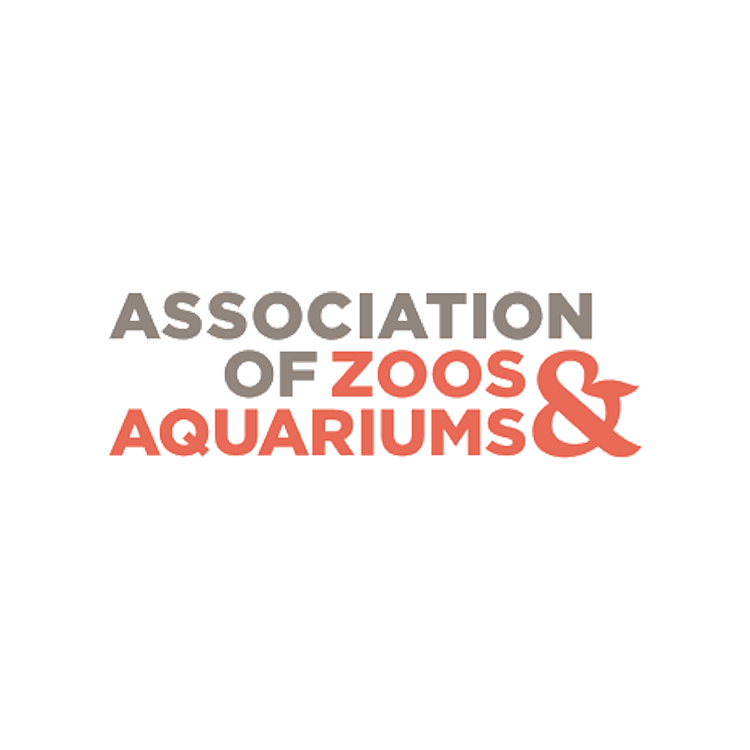

The Conservation Physiology Lab and National Amphibian Genome Bank is co-led by Dr. Carrie K. Kouba, Associate Professor in Biochemistry and Dr. Andy J. Kouba, Professor and Head of Wildlife, Fisheries and Aquaculture at Mississippi State University (MSU). The MSU Conservation Physiology Lab is the country’s premier academic wildlife physiology research unit working to solve contemporary problems facing zoos and aquariums related to sustainability, genetic management and reintroduction ecology.
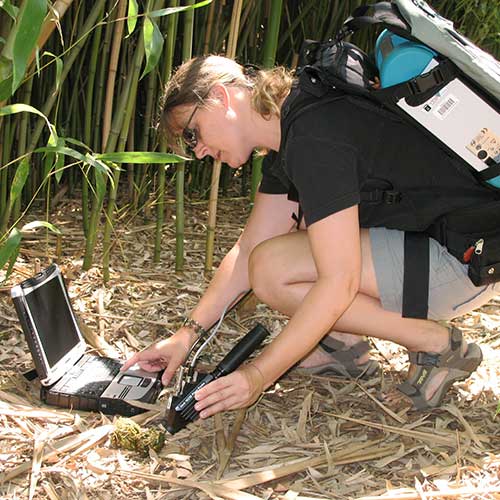
Dr. Carrie K. Vance
Associate Research Professor
ResearchGateDr. Carrie Kouba earned her Ph.D. in Biochemistry and Biophysics from Johns Hopkins University after obtaining a M.S. degree from California Institute of Technology and dual degrees in Chemistry and Mathematics from The Ohio State University. She joined the Biophonics research team at Mississippi State University in 2008 and the faculty in 2015. Currently she is an Associate Research Professor in the department of Biochemistry, Molecular Biology, Entomology, and Plant Pathology. Her interests are in connecting concepts and techniques in biophysical chemistry with applications in endocrinology, reproductive and eco-physiology, nutrition, and disease to address issues in species conservation. She has worked with a variety of species including snow and Amur leopards, giant pandas, okapi, rhinoceroses, elephants, okapi, horses, cattle and numerous amphibians. Dr. Kouba curates the National Amphibian Genome Bank housed at Mississippi State University along with Andrew Kouba, but also continues to develop novel biophotonic approaches for non-invasive monitoring of animal physiology and health.
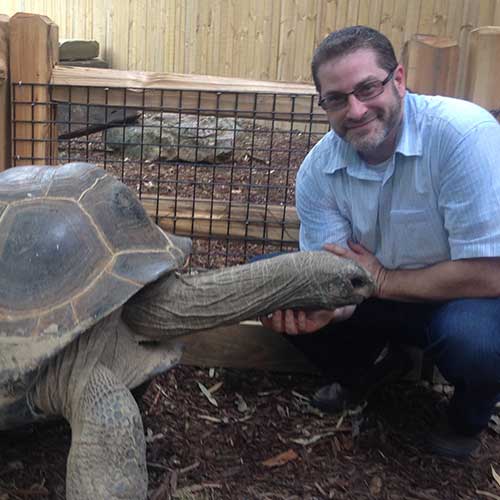
Dr. Andrew J. Kouba
Head and Dale H. Arner Professor of Wildlife Ecology and Management
Dr. Andy Kouba received a dual degree in Wildlife Ecology and Conservation and Zoology, from Northwest Missouri State University in 1991. He subsequently went on to receive his M.S. degree at Clemson University and his Ph.D. degree from the University of Florida. Upon finishing his graduate degrees, he conducted a post-doctoral fellowship at the Cincinnati Zoo from 1999-2001, where he conducted research on antelope, rhino and amphibian conservation. Then in 2001, he accepted the position of Director of Conservation and Research at the Memphis Zoo, Memphis TN. While at the Zoo, he led various research projects on polar bears, elephants, giant pandas, Chinese giant salamanders, anteaters, giant river otters, threatened amphibian species and created the country's first National Amphibian Genome Bank. His area of research intersects conservation physiology, ecophysiology, reproductive endocrinology and genetic management of threatened wildlife. In 2015, Dr. Kouba moved to his current position as Professor and Head of the Department of Wildlife, Fisheries and Aquaculture at Mississippi State University, where he also serves as the Executive Director of the Center for Resolving Human-Wildlife Conflicts.
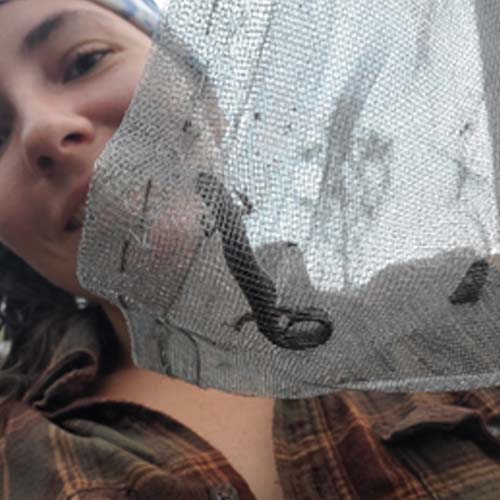
Erin joined the lab in March 2021 and defended her thesis in October 2023. After graduating, she continued to work in the lab as a research associate. Throughout her career in wildlife conservation, she has been involved in several conservation initiatives focused on the monitoring and management of native North American wildlife including captive breeding of Florida grasshopper sparrows, biological control of hemlock woolly adelgid, chronic wasting disease sampling, population monitoring of Red-cockaded woodpeckers, and population monitoring and habitat management of reticulated flatwoods salamanders. Her thesis investigated alternative hormones and intranasal hormone administration to obtain amphibian gametes for IVF and biobanking and explored rescuing sperm from deceased animals for development of assisted reproductive technologies for applications in ex situ species conservation. She hopes to apply reproductive technologies in conservation initiatives for imperiled wildlife species.

Namia joined the lab January 2022 and is interested in developing conservation technologies, such as hormone therapy, ultrasound diagnosis and hormone analysis that assist amphibian captive breeding programs become more sustainable, genetically diverse and increase reproductive output to support reintroduction programs. She is particularly interested in zoo and aquarium science, education, and leadership. Namia is supported by an Institute of Museum and Library Services (IMLS) American Recovery and Rescue Plan Grant for training the next generation of professionals interested in living collections care and sustainability.
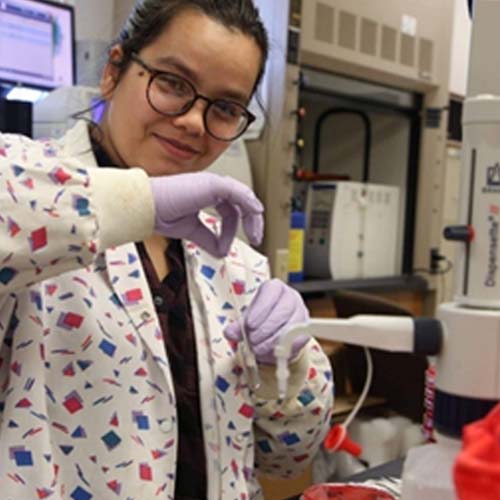
Ashmita joined the Conservation lab in April 2022 and is currently working on her project investigating catfish bacterial diseases using NIRS. Since her master’s journey, she has been interested in research related to fish health with a focus on bacterial disease. Her research goal is to investigate the possibility of differentiating catfish species with the use of near-infrared spectroscopy and using NIRS to identify bacterial species infecting certain catfish species.
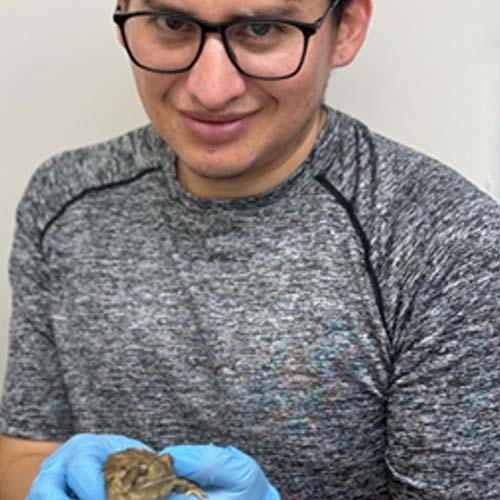
Renato joined the lab in January 2024 and is interested in focusing on using OMICS to predict amphibian sperm cryotolerance. This research holds promise for advancing modern cryopreservation methods, with the goal of bolstering conservation efforts for threatened and endangered species.
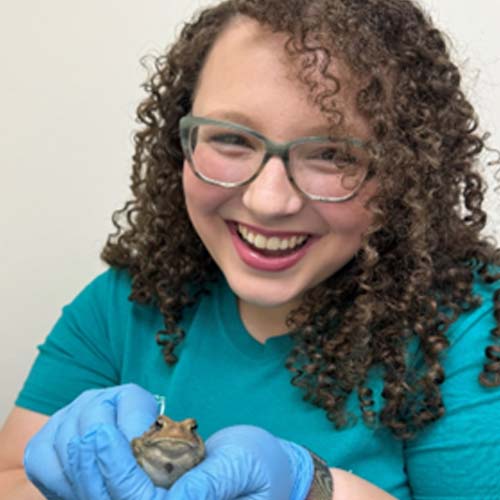
Trinity joined the lab in January 2021 as an undergraduate researcher examining the cryoprotectant capabilities of Bovine Serum Albumin (BSA) on cryo-preserved anuran sperm using the viability parameters of sperm motility and plasma membrane integrity. Following her bachelor’s in biochemistry with a minor in microbiology from Mississippi State University, she continues her sperm cryopreservation research through the master’s genetics graduate program. Her current research expands to include sperm DNA integrity as a sperm viability parameter in amphibians and explores the genetic fitness of cryo-produced offspring by analyzing differential gene expression in embryonic developmental genes. Trinity aspires to pursue a Ph.D. in the future. Beyond her passion for amphibian conservation, Trinity explores the management of other taxa such as her continued assistance in bat management through seasonal roost surveys and mist-netting events.

Isabella's work focuses on developing an optimum cryopreservation protocol for anurans, with the goal of applying these protocols to endangered species in order to increase population size, increase genetic variation, and link in-situ and ex-situ populations through genome banking.

Shaina's research focuses on using ultrasonography as a method of tracking follicular development in female amphibians with the aim of optimizing the efficiency of hormone protocols. She is also working on determining the optimum hormone protocol for inducing oviposition in female caudates in both in-situ and ex-situ populations.
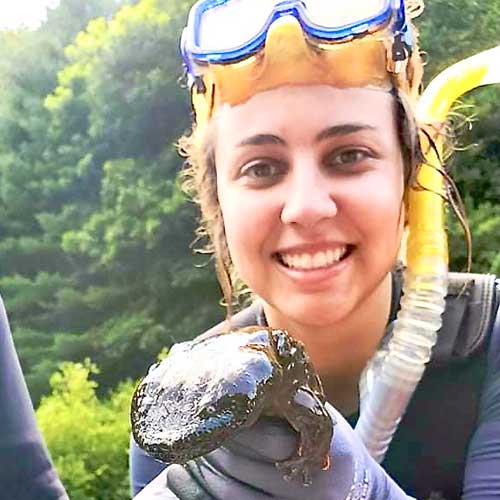
Devin is interested in advancing conservation science applications to better help protect threatened and endangered species. Her research currently focuses on salamander conservation through the optimization of assisted reproductive technologies (ARTs). Devin's dissertation work includes non-invasive hormone therapies and sperm cryopreservation that will be applied to at-risk caudate species.
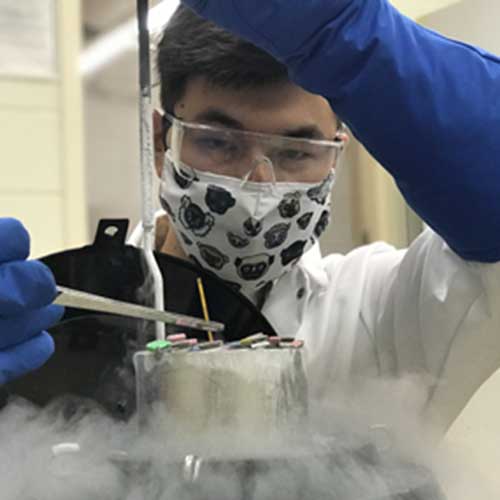
Li-Dunn is interested in developing novel methods to evaluate factors relating to animal health and welfare. Chen’s current work is focused on predictive modeling, using NIRS coupled with endocrinology and ultrasonagraphy, to identify and assess physiological factors of biological sex and reproductive status in several amphibian species.
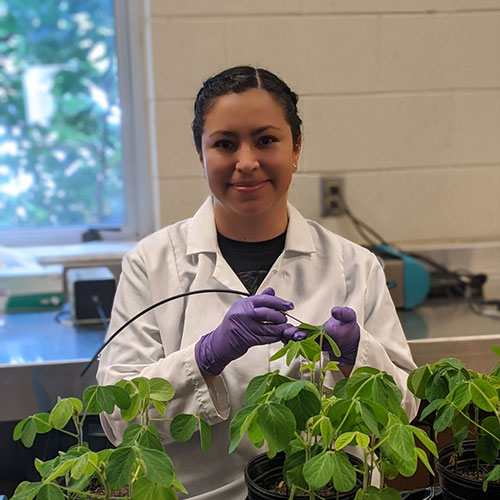
At MSU, Mariana is testing NIRS in combination with chemometrics and aquaphotomics to generate the biochemical profile from animal and plant pathogens and diseases. Her ultimate goal is to provide the groundwork for a portable, fast, non-destructive, and accurate diagnosis tool capable of reducing the existing time necessary for illness detection.
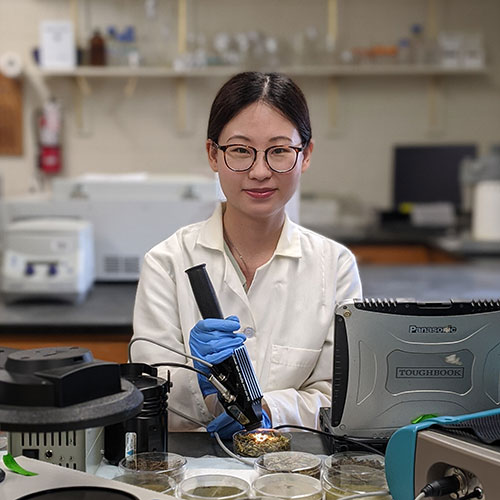
Qingyu Sheng's research focuses on using NIRS techniques as a rapid, cost-effective, and non-destructive in-situ tool to solve problems concerning animal physiology and populations, including predicting diet quality, gender, and reproductive status of the giant panda and red panda.
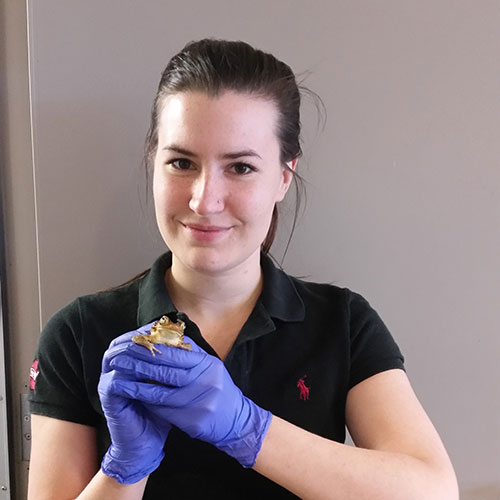
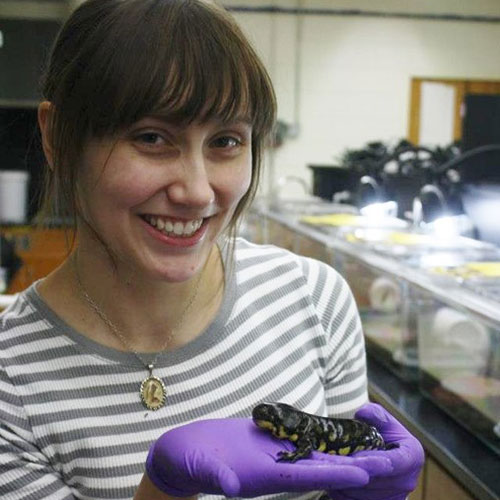
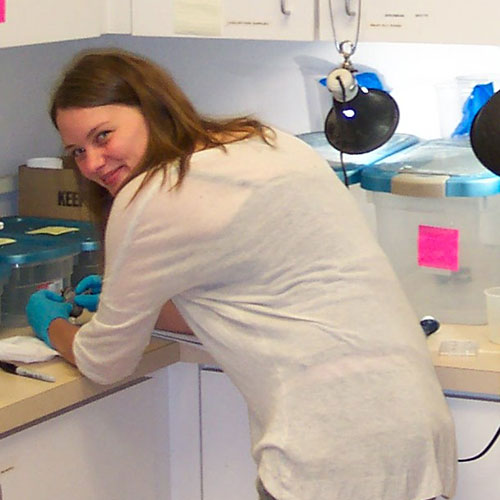
-cropped.jpg)
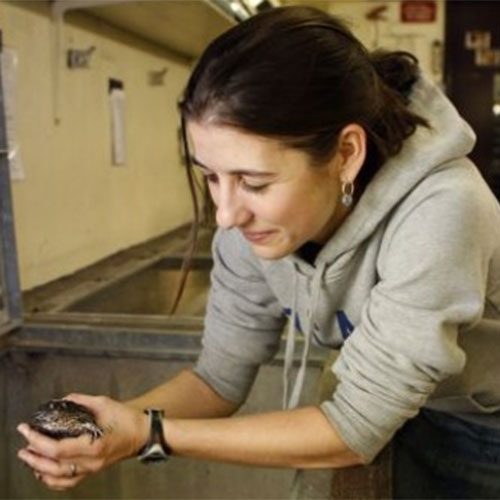


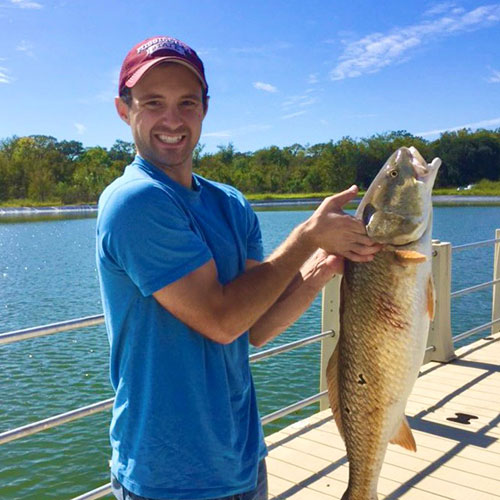
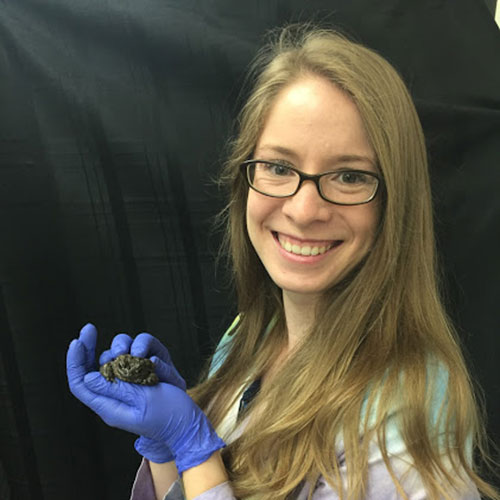

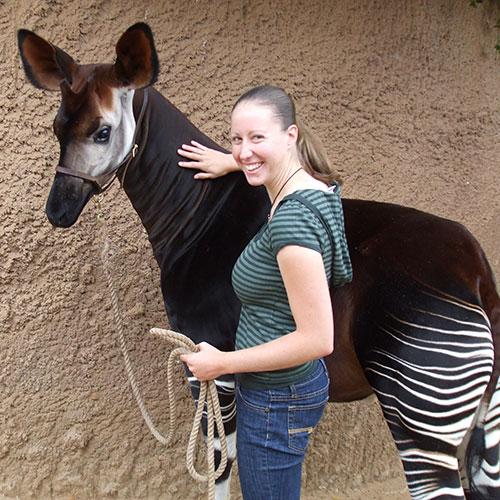
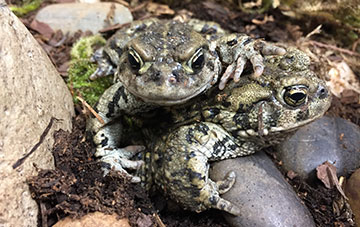
We conduct research aimed at developing assisted reproductive technologies for at-risk amphibian species.
Congratulations to MSU undergraduate student and presidential scholar, Lindsay Culpepper, on winning first place oral presentation at the January 2022 International Embryo Transfer Society (IETS) meeting for her talk on impacts of different culture media during early embryonic development in amphibians. Lindsay is currently a Conservation Physiology Lab Undergraduate Research Scholar.
